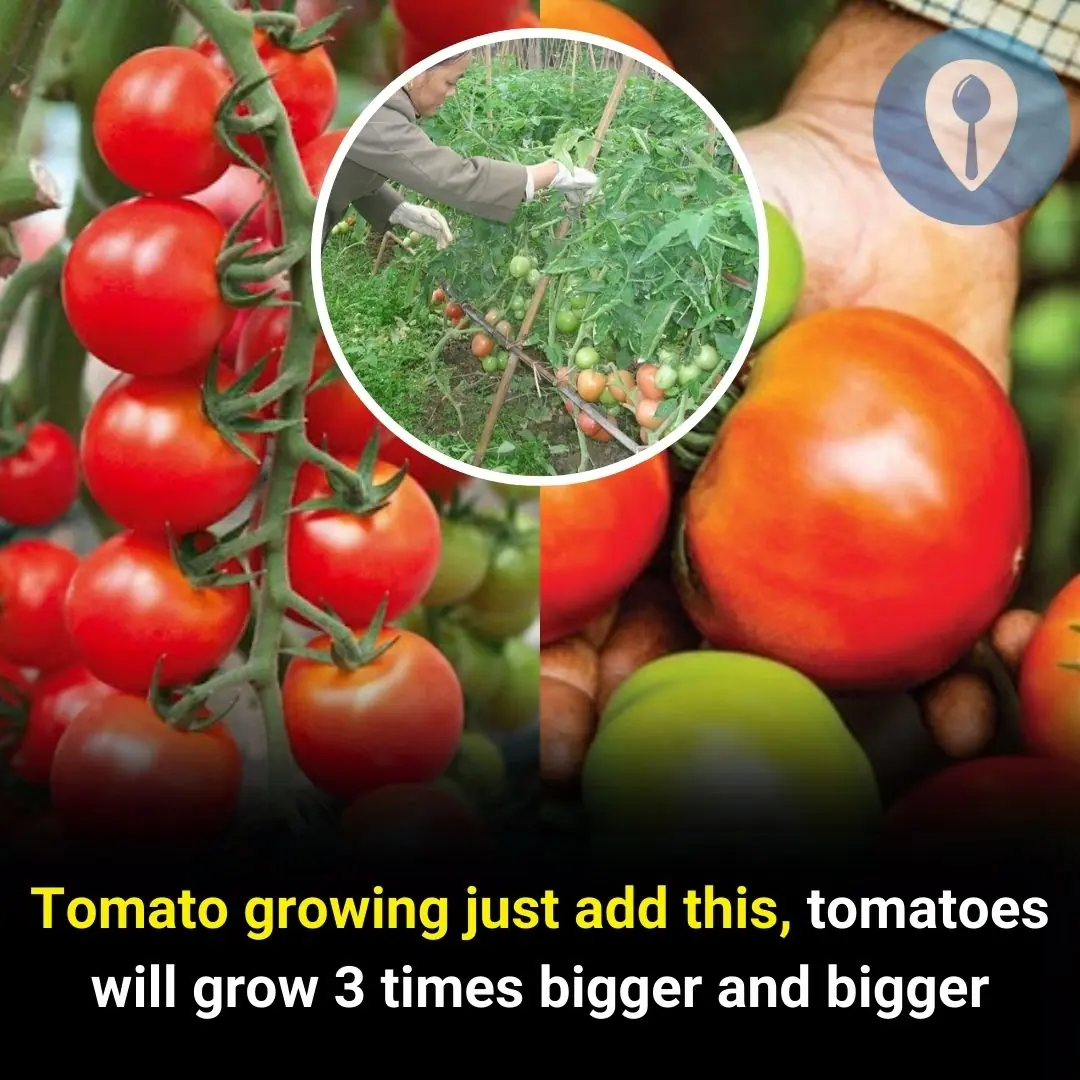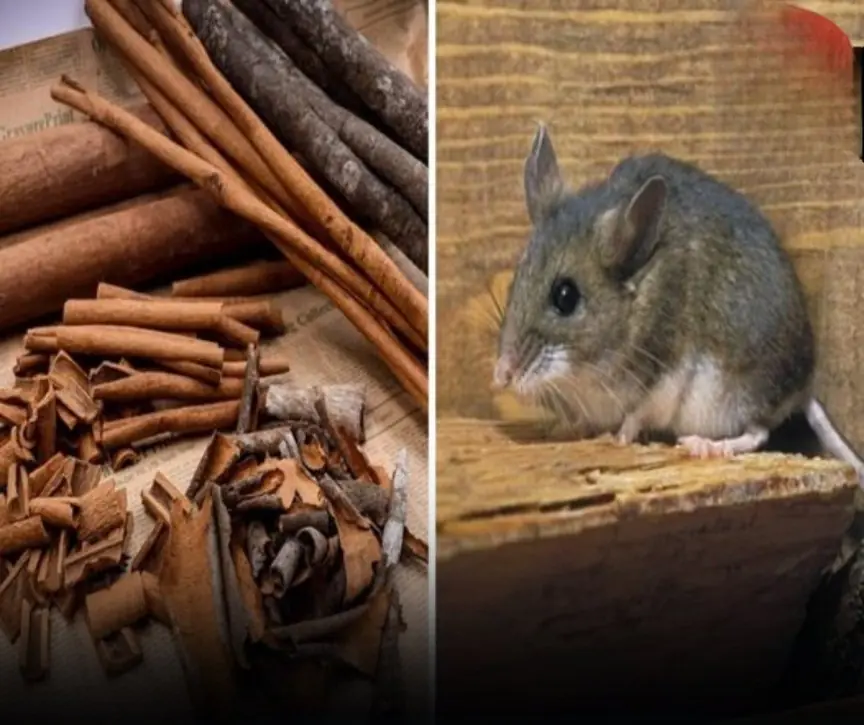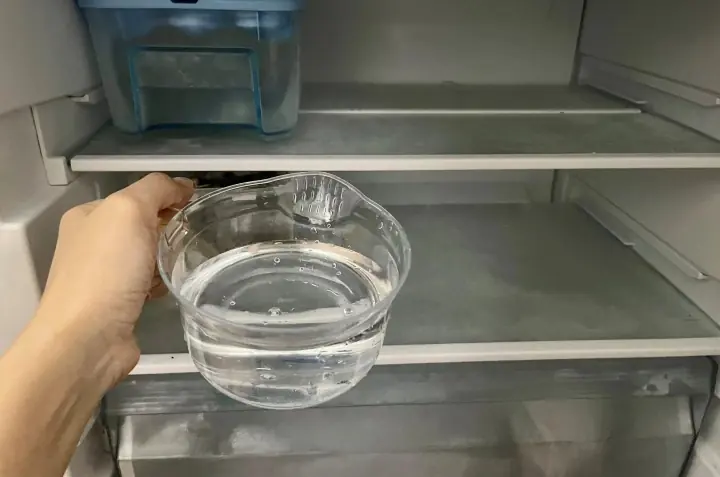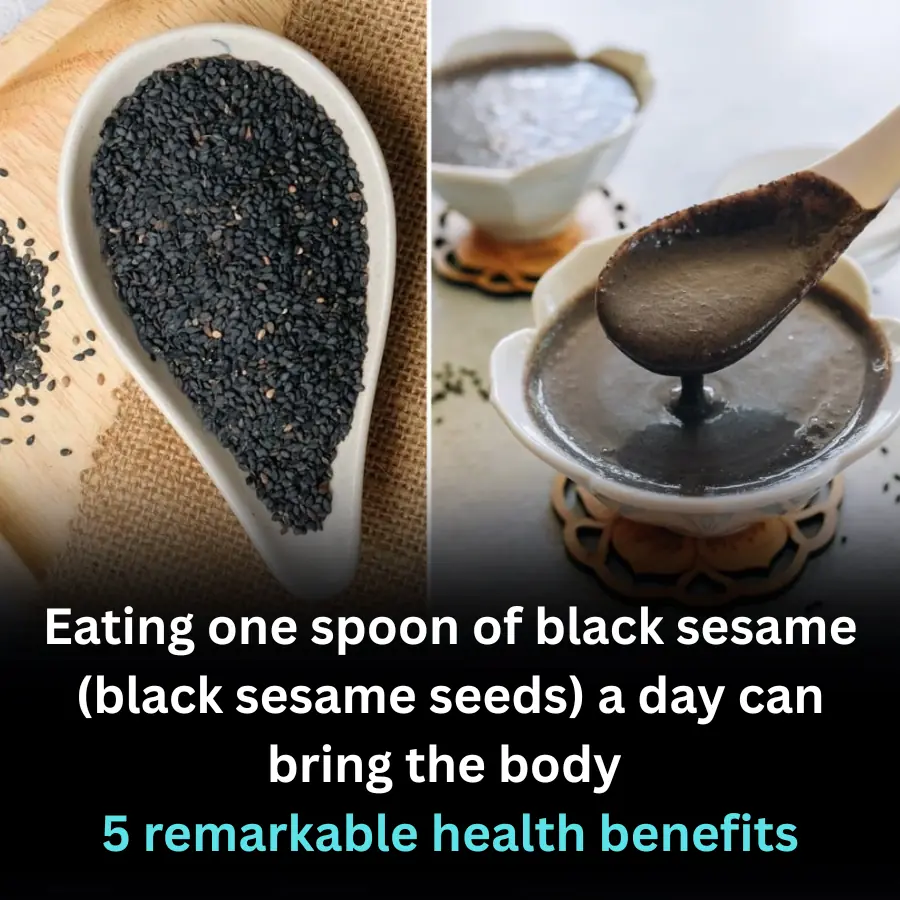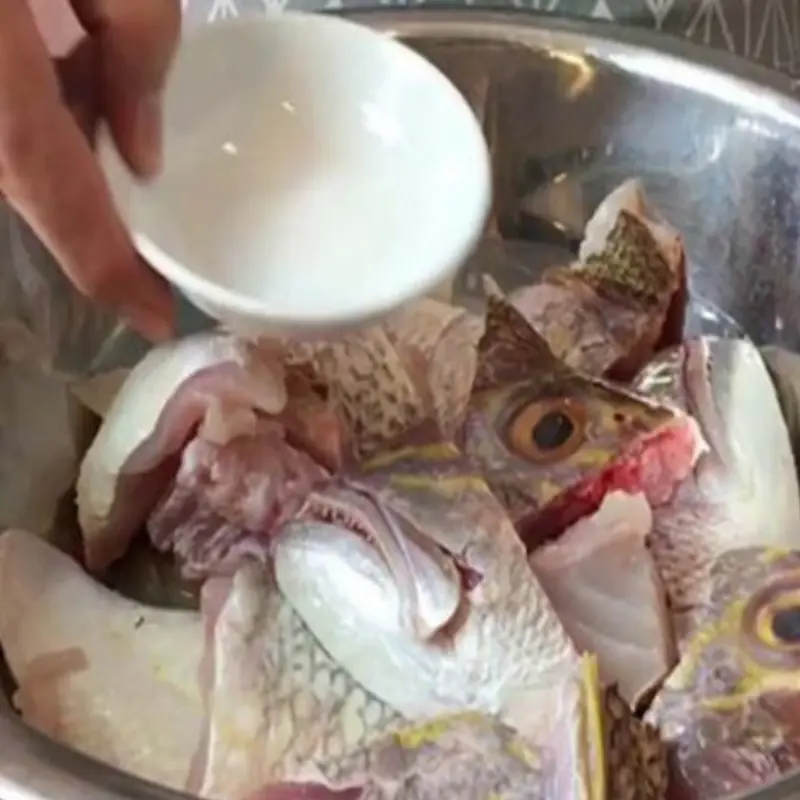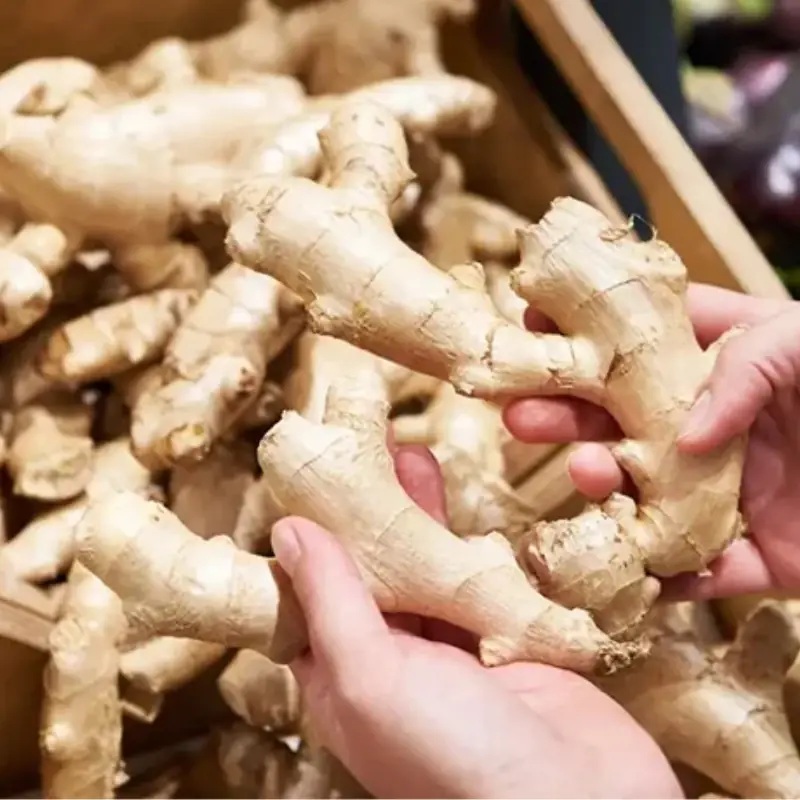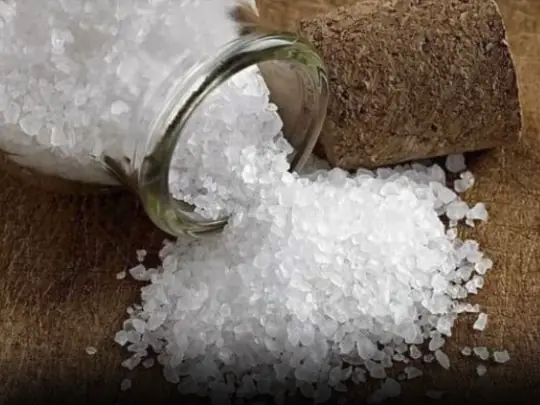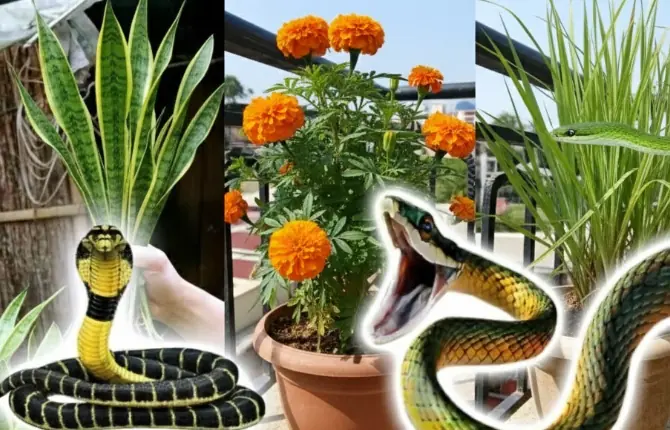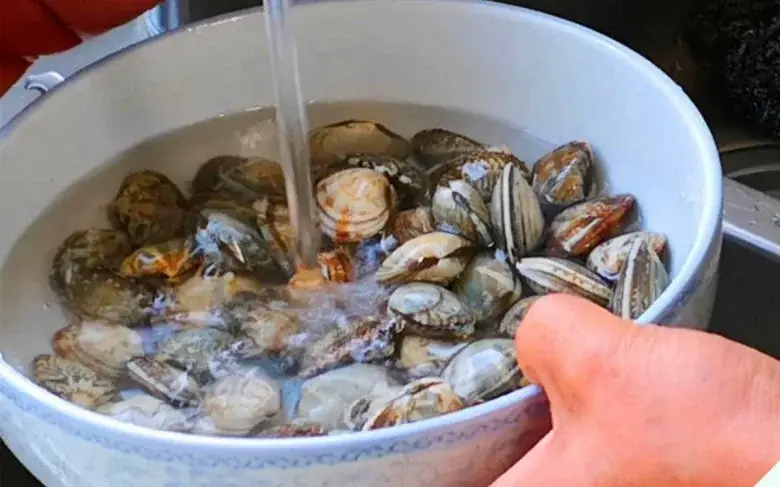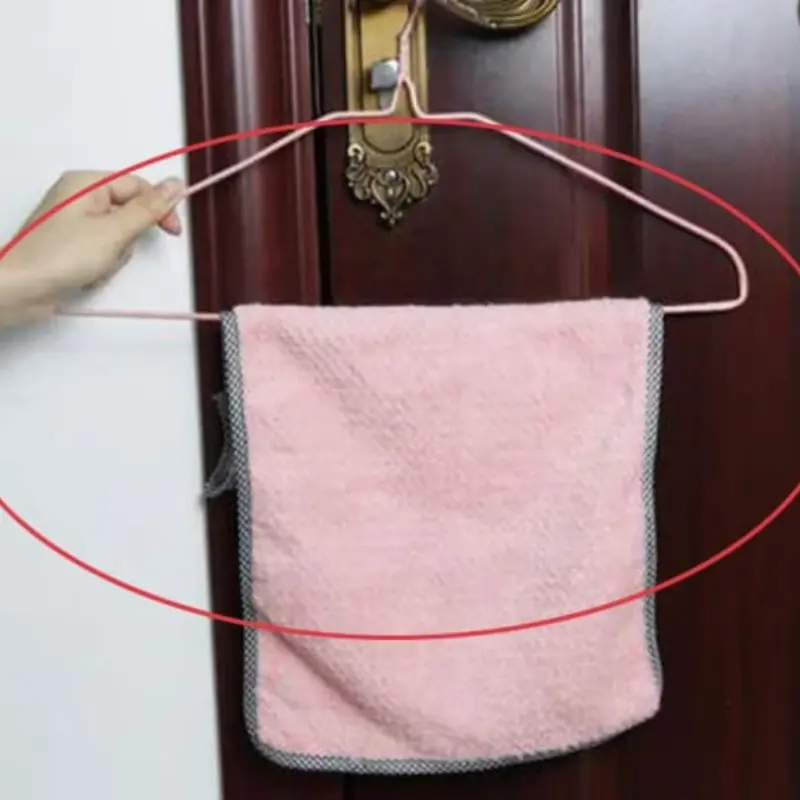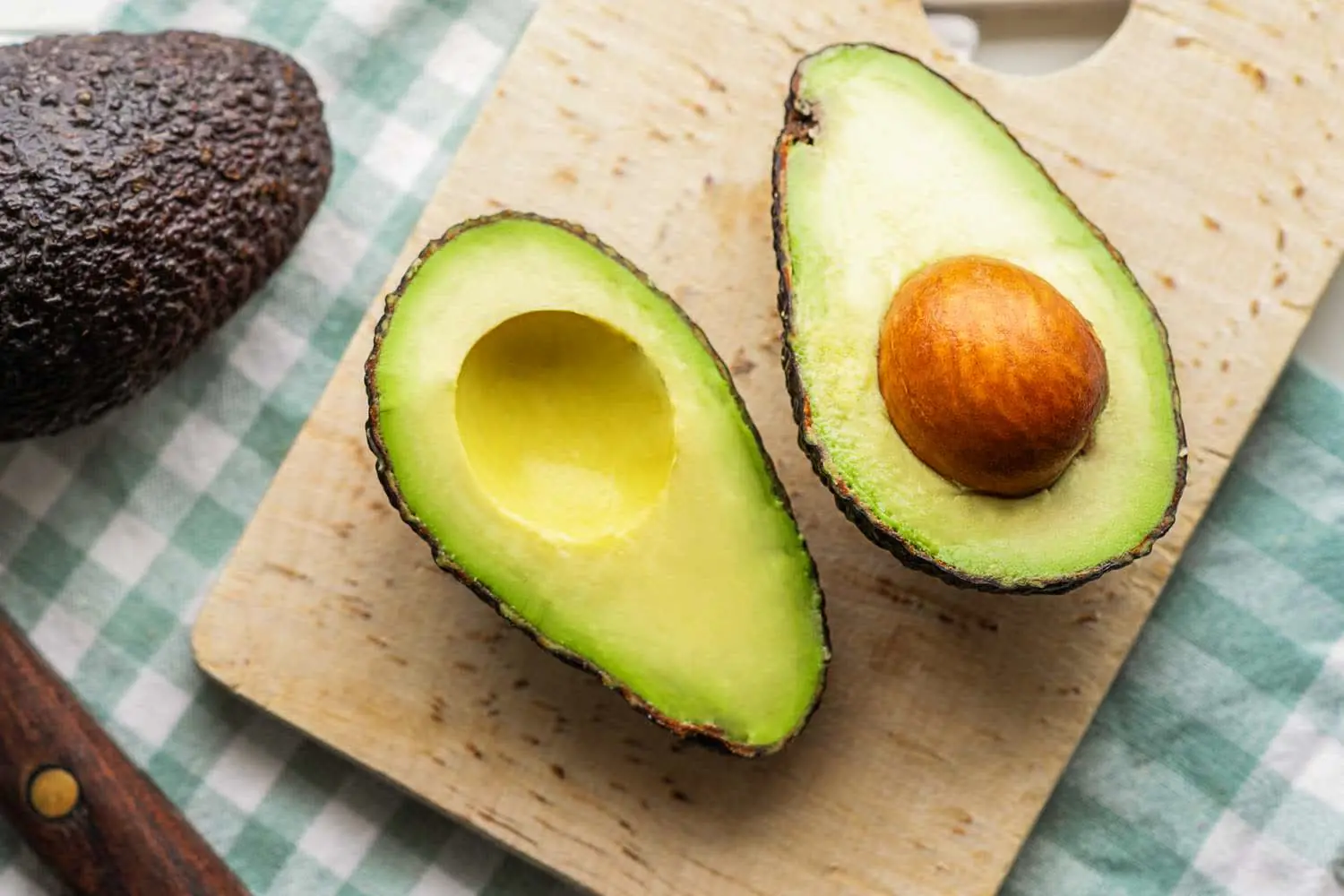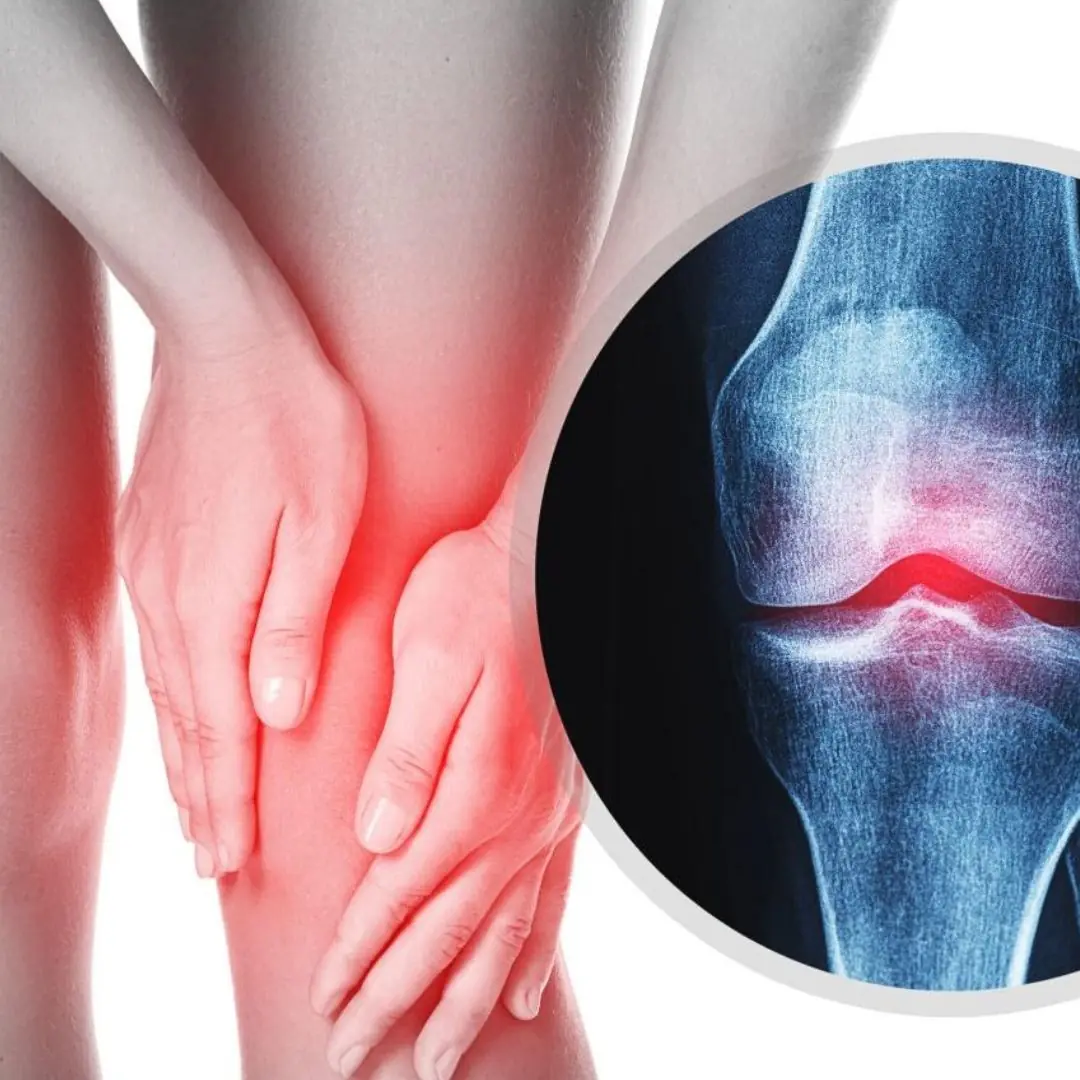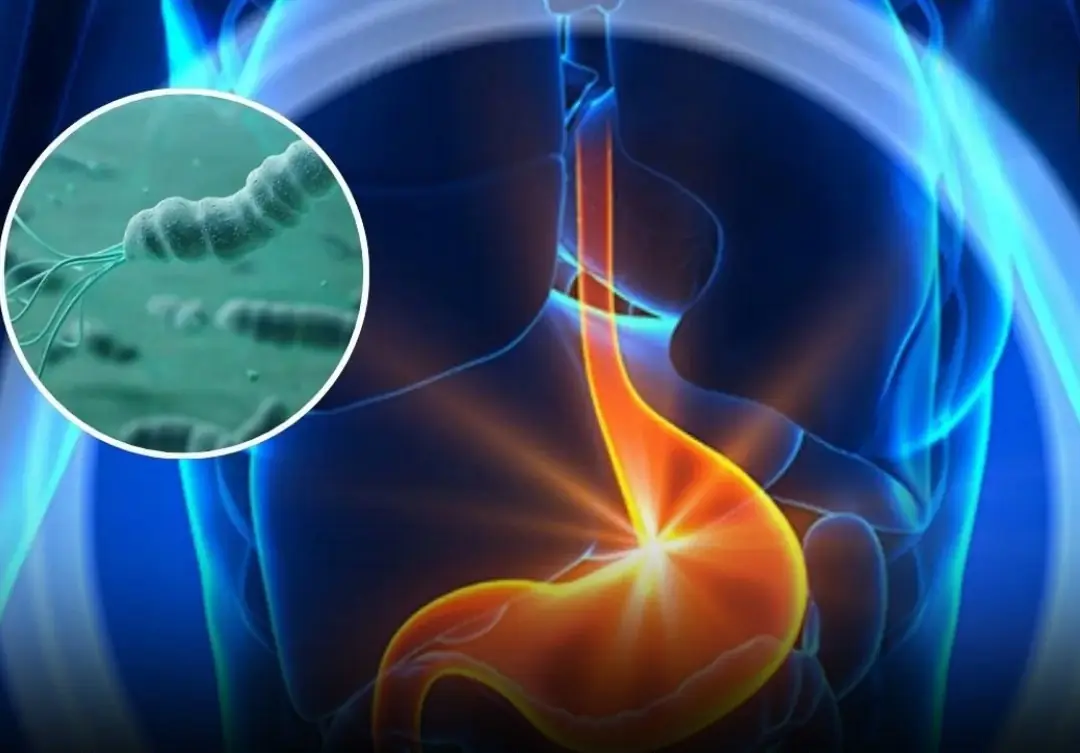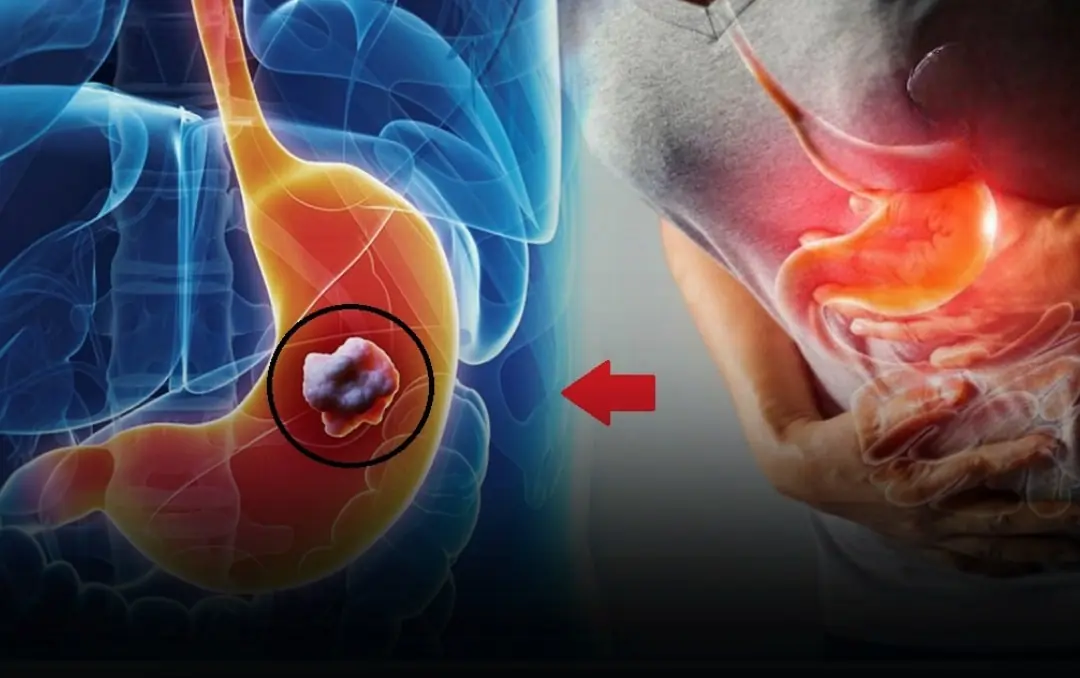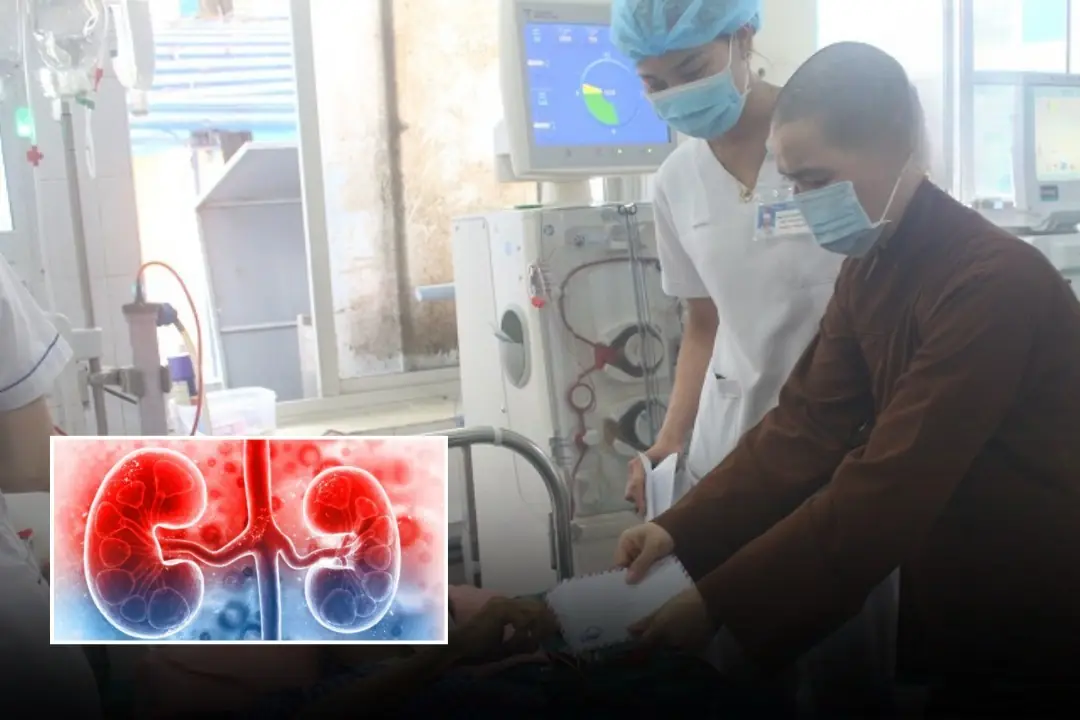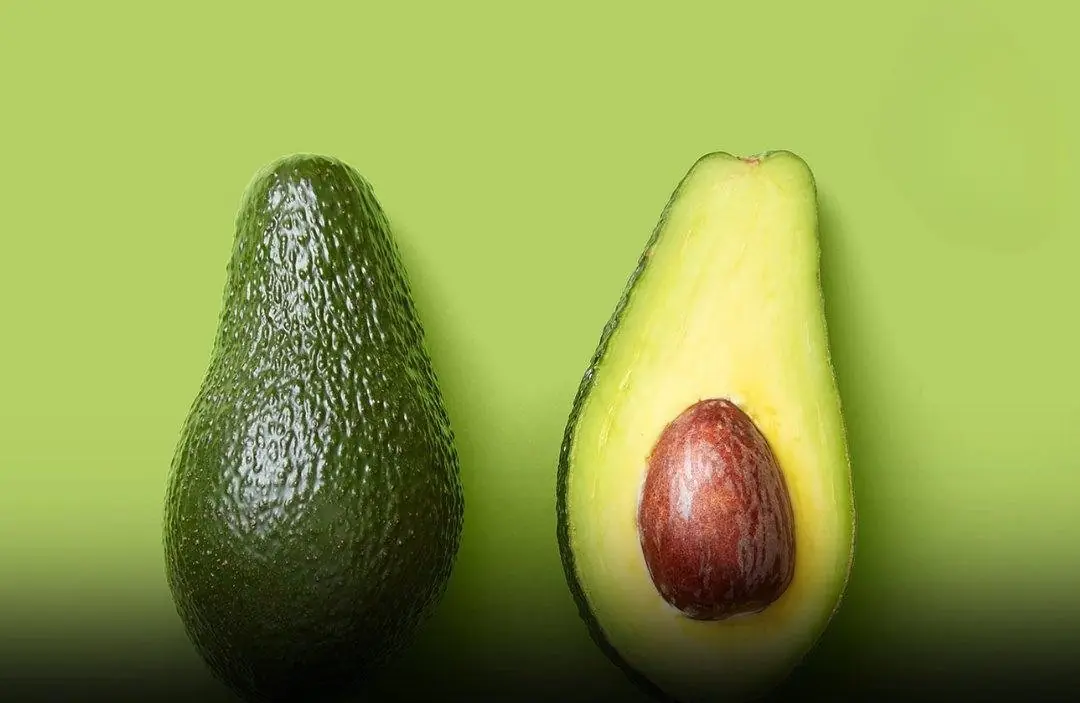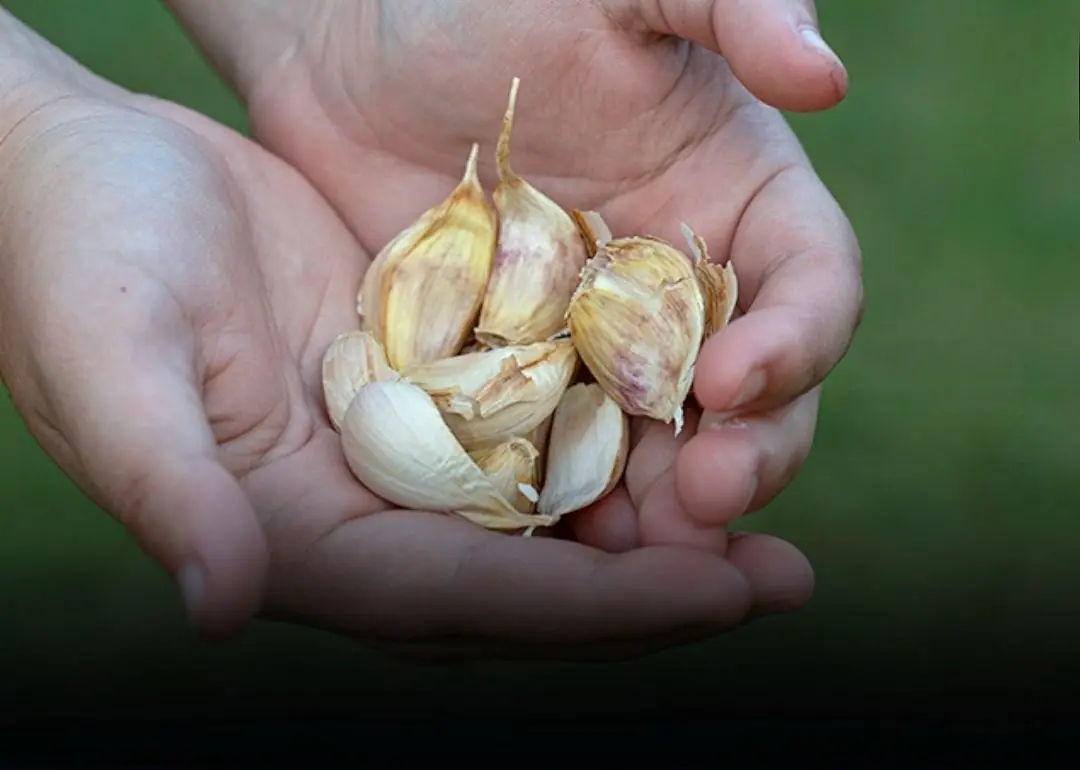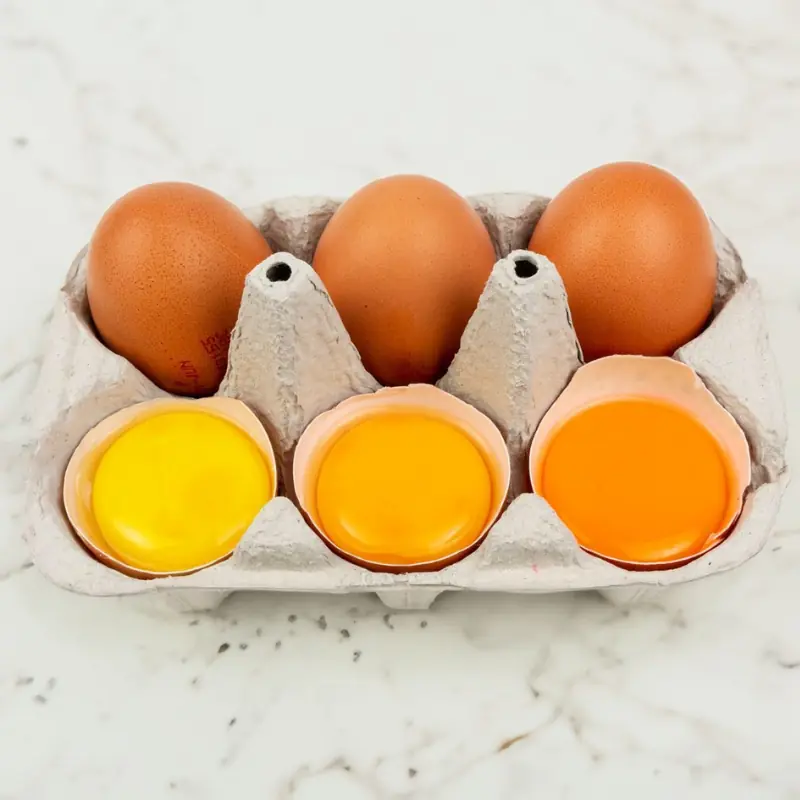Choose the Right Tomato Variety
The two main categories of tomatoes are indeterminate and determinate. Indeterminate tomatoes fruit continuously throughout the season, while determinate tomatoes ripen nearly all at once.
Indeterminate tomatoes, which include many heirloom varieties, are better for continuous harvests all summer long. Determinate tomatoes are great for making sauces and they are better for container planting because they reach a smaller size at maturity,
Consider the type of tomato you want to grow and how long it will take to ripen. Tomatoes are divided into early-season, midseason, and late-season categories. When growing tomatoes in colder climates, look for early-season varieties bred to grow well in cooler weather.
Choose a Big Pot
A tomato plant can grow large and needs a big pot to fit its extensive root system. A 5-gallon bucket with drainage holes drilled at the bottom would be an ideal container. Avoid black containers because they will become too warm for the plant, which leads to stunted growth problems. Also, avoid clay pots because they dry out quickly; stick to plastic or fiberglass posts for tomatoes.
Grow in Direct Sunlight
Tomato seedlings need strong, direct light. Use artificial plant lights for 14 to 18 hours every day when the seedlings are indoors but keep the lights a couple of inches away to prevent plants from getting leggy.
When planting in the garden, choose a location that receives at least six to eight hours of full sun. Tomatoes need plenty of sun to grow well and produce fruit.
Create Air Circulation
Tomato plants need to move and sway in the breeze to develop strong stems. That happens naturally outdoors, but if you start your seedlings inside, provide some type of air circulation. Do this by turning a fan on them for five to 10 minutes twice a day. Or, ruffle the tomato plants by gently rubbing your hands back and forth across their tops for a few minutes several times a day.
Provide Healthy Soil
Make sure your soil provides the proper conditions for tomatoes before you plant. Tomatoes prefer slightly acidic soil with a pH between 6.2 and 6.8. Check your soil's pH with a soil test from your local extension agency. A soil test also diagnoses nutrient deficiencies.
Tomatoes are heavy feeders and require a steady source of nutrients. Here are a few ways to do this:
- Work compost into the soil before planting tomatoes.
- Side-dress plantings with compost midseason to add nutrients.
- Apply a fertilizer specifically designed for tomatoes every two weeks during the growing season, starting with planting time.
Plant at the Right Time
Plant tomatoes outdoors once any danger of frost in your growing zone has passed and soil temperatures are at least 60 degrees Fahrenheit. It's best to wait to plant tomatoes outdoors until nighttime temperatures stay above 50 degrees Fahrenheit.
Harden off tomato seedlings that were grown indoors to help them adjust before planting.
Plant Stems Deep
Plant your tomato plants deeper by burying them up to the top few leaves. It's a hack used by many gardeners that helps tomatoes develop roots all along their stems for a stronger plant.
Dig a deep hole or simply dig a shallow trench and lay the plant sideways. It will quickly straighten itself up and grow toward the sun. Just be careful not to drive your tomato stake or cage into the buried stem.
Water Deeply
Water tomato plants deeply and regularly while the fruits are developing. Here are more watering tips for tomatoes:
- Make sure your plants get 1 to 1 1/2 inches of water per week. Give plants an inch of supplemental water each week if there has been little rainfall.
- Give wilting tomatoes more water during hot, dry spells.
- Supplement your tomato plants with an extra inch of water each week if there has been little rainfall.
- Water at the base of the plant or use a soaker hose.
- Avoid splashing water on the leaves, which can lead to disease.
- After the fruit begins to ripen, ease up on watering so the plant concentrates its sugars for a better-tasting fruit.
- Don’t withhold too much water or the plants will continually wilt and become stressed causing them to drop their blossoms and possibly their fruit.
Mulch Tomatoes
Once air and soil temperatures have warmed up, add a layer of mulch to your tomato plants to retain moisture. Mulching also prevents soil and soil-borne diseases from splashing up on the plants and shades and cools the soil.2
Don't Crowd Seedlings
Give tomato seedlings plenty of room to branch out by thinning the seedlings and putting one strong plant per small pot. Crowded conditions inhibit growth, which stresses plants and can lead to disease.3
Transplant tomato seedlings into 4-inch pots shortly after they get their first set of true leaves. Harden off seedlings before planting in the garden.
